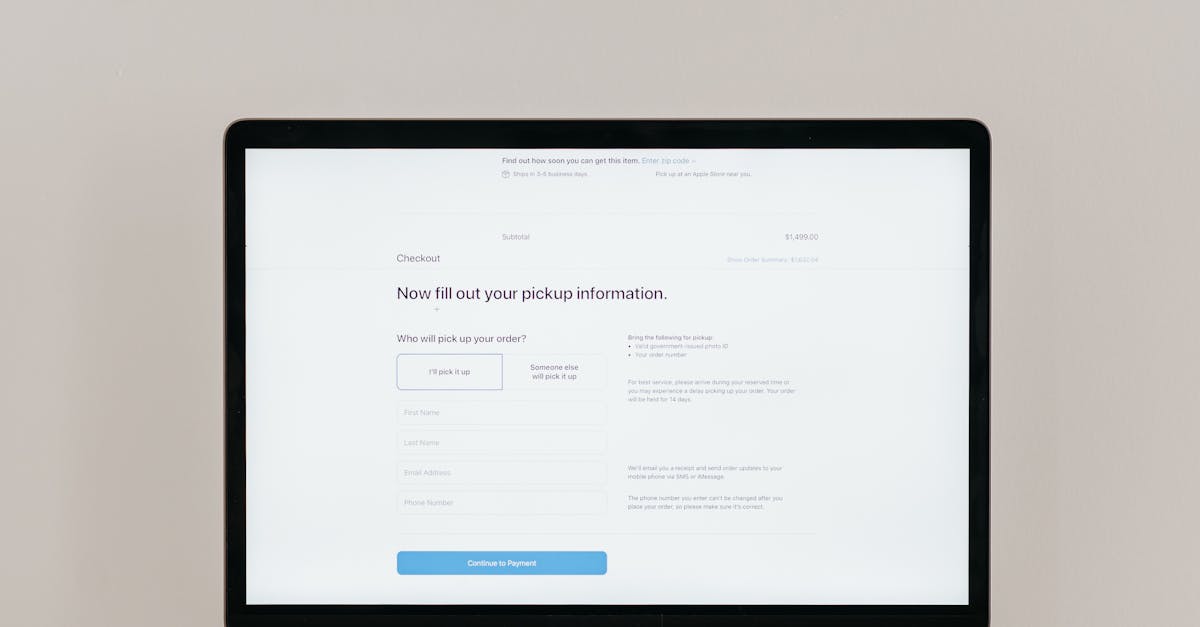
Introduction
Algorithms are making hiring and legal decisions faster — and riskier. From biased resume screeners to opaque background‑check pipelines, teams are increasingly asked to justify automated outcomes to candidates, regulators and internal auditors. When records are scattered across tools or lodged with engineering, audits stall, subject‑access requests slip, and sensitive data exposures multiply. Document automation changes that equation: by capturing consent, version history and validation artifacts at the point of intake, HR and legal can own the compliance trail without waiting on developers.
This post shows a practical, no‑nonsense approach you can adopt today: what model risk management looks like for HR and legal; the essential artifacts to maintain (such as model inventory, data provenance and validation reports); no‑code workflows for versioned templates, consent capture and DPA attachments; operational controls like access logs and retraining triggers; and how to build audit‑ready evidence bundles. If you use a modern form builder to collect candidate data, the template set and controls outlined below will help you turn ad hoc automations into defensible, searchable compliance records.
What model risk management means for HR and legal use cases (hiring, background checks, automated review)
Model risk management for HR and legal teams means treating any automated decision or scoring system as a regulated operational component—not a black box. That applies to hiring algorithms, background-check pipelines and automated resume screening or policy-review systems.
Practical implications:
- Accountability: Clear owners for models used in hiring and legal review, with documented purpose and limitations.
- Data minimization: Only collect what is necessary in recruitment forms and background-check intake to avoid exposure of sensitive personal data.
- Explainability: Ability to explain decisions to candidates and regulators, including fallback manual review processes.
For teams that rely on an online form builder or web form builder to collect candidate data, ensure the forms are configured to capture consent, provenance and any pre-screening logic so the automated review is auditable.
Tip: Use a modern form builder or form maker that supports conditional logic and audit trails so HR, compliance and legal can trace each decision back to inputs and model versions.
Essential documents: model inventory, data provenance records, validation reports and change logs
Document everything. A minimal compliance file for each model or automation should include:
- Model inventory: Name, owner, purpose, inputs/outputs, deployment date and risk classification.
- Data provenance records: Where inputs came from (forms, third-party feeds), consent status and retention schedule.
- Validation reports: Performance metrics, bias checks, calibration and decision-impact assessments.
- Change logs: Version history for model code, training data and any form templates that feed the model.
Store these as searchable records alongside the original intake—use exportable formats (CSV/PDF) so you can hand off evidence during audits. If personal data is involved, link records to your organization’s privacy policy and any signed DPAs (example DPA).
No‑code workflows to collect and store evidence: versioned templates, consent captures and DPAs
No‑code and low‑code tools make it practical for HR and legal to capture compliance evidence without waiting on engineering.
Key elements to implement
- Versioned templates: Keep every recruitment or intake template versioned so you can tie a candidate’s record to the exact form that was active when they applied.
- Consent capture: Explicit, time-stamped consent fields in forms, linked to the privacy policy URL and retention rules.
- DPA attachments: Ability to attach signed DPAs or supplier approvals to a record. Store contract IDs and upload scanned agreements.
Practical links: use a form builder that lets you embed or link to legal documents such as a DPA (sample DPA) or cross-border data transfer assessments (transfer assessment).
Many modern form builder software and survey builder tools offer native capabilities for version control, attachments and webhooks to push records into your evidence store.
Operational controls: access logs, role-based approvals and retraining triggers tied to template updates
Operational controls turn documentation into daily practice. Focus on controls that are observable and enforceable.
Must-have controls
- Access logs: Immutable logs for who viewed or exported candidate or model records, including timestamps and IP addresses.
- Role-based approvals: Multi-step approvals for sensitive actions (e.g., promoting a model to production, changing an interview assessment template).
- Retraining triggers: Automatic flags that require model retraining or human review when a template or input distribution changes.
Integrations and features to look for in a form builder or form builder app:
- Audit log export
- Single sign-on and role mapping
- Webhooks to trigger retraining pipelines or notifications to legal and HR
For approvals that require explicit corporate sign-off, maintain records similar to your MA approval workflows (see template examples: MA approval).
Preparing for audits: exportable evidence bundles, searchable indexes and SLA reporting
Audits are easier when you can produce a single, well-organized evidence bundle for each decision or model.
Build evidence bundles that include
- Form submission data with timestamps and version ID
- Signed consents and linked DPAs
- Model validation reports and decision logs
- Change logs and approval records
Make these bundles exportable in common formats (PDF, CSV, JSON) and ensure they are indexed for search by candidate ID, date range, model name or policy tag.
Track SLAs for evidence production and responses to subject access requests. Use form analytics and survey software dashboards to monitor submission rates, missing consents and processing latencies.
Practical template set to adopt immediately for AI governance and compliance
Start with a compact, high-impact template set you can deploy with an online form builder or web form builder today.
- Model inventory template — fields for owner, purpose, inputs, outputs, risk level, deployment date.
- Data provenance and intake form — capture source, consent, retention, and link to the privacy policy and any transfer assessment (example: cross-border assessment).
- Validation report template — performance metrics, fairness checks and reviewer sign-off.
- Change log and approval request — requestor, change description, approvals and link to the MA approval record (example).
- Consent capture + DPA attachment form — candidate consent checkbox, file upload for DPA and link to sample DPA (sample).
These templates are compatible with common form maker and form builder software, and work with form builder free tiers, form builder online services, WordPress plugins (form builder WordPress), and form builder apps. Look for tools that support form builder with payment if you need paid assessments or background-check fees.
Adopt these templates, connect them to your form automation and form analytics pipelines, and iterate based on incident reviews and audit findings.
Summary
Model risk documentation doesn’t have to be a developer project. Treating automated hiring and review systems as operational components—with a model inventory, data provenance, validation reports and change logs—makes audits and subject‑access responses practical instead of painful. No‑code workflows (versioned templates, explicit consent captures, DPA attachments) plus operational controls like access logs, role‑based approvals and retraining triggers turn compliance into repeatable work. Use a modern form builder to capture evidence at intake and assemble exportable, audit‑ready bundles, and get started with the template set and controls at https://formtify.app.
FAQs
What is a form builder?
A form builder is a tool that lets you create online intake forms without writing code. For HR and legal teams it’s useful for capturing consent, linking to policies and attaching DPAs so each candidate record includes the provenance and permissions auditors will want to see.
How do I create a form online?
Pick a form builder or form maker, choose a template (for example, an intake or consent form), and customize fields, conditional logic and attachments. Configure versioning and audit logging so every submission is tied to the exact template and consent state used at the time of collection.
Are form builders free?
Many form builders offer free tiers that cover basic forms, but advanced features—version control, secure file uploads, audit logs and integrations—often require paid plans. Evaluate features against your compliance needs; for HR/legal workflows, the ability to export evidence and attach DPAs is usually worth upgrading.
Can form builders accept payments?
Yes—several form builders support payment integrations for fees like background checks or paid assessments. Ensure the payment flow complies with your data retention and privacy rules and that transaction records are stored alongside the rest of the evidence bundle.
Which form builder is best for WordPress?
The best choice depends on your priorities: look for WordPress form builder plugins that support file uploads, versioning, role‑based access and webhooks. Choose one that integrates with your identity provider and export formats so you can tie submissions to model inventory and audit bundles.





